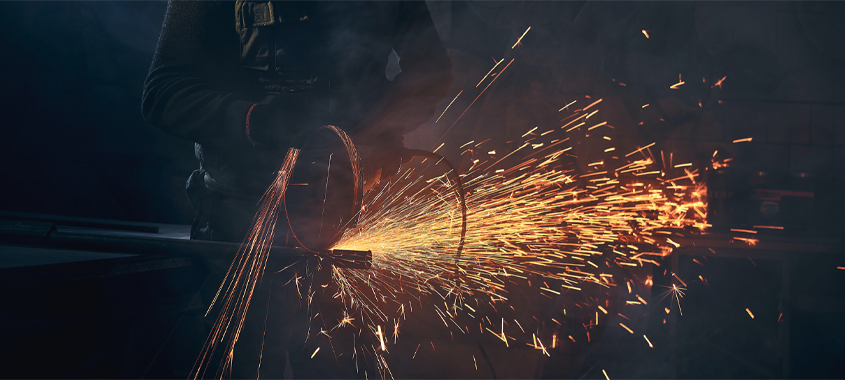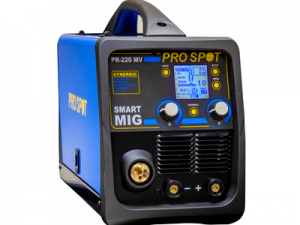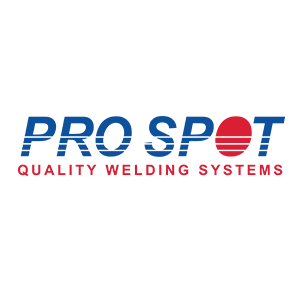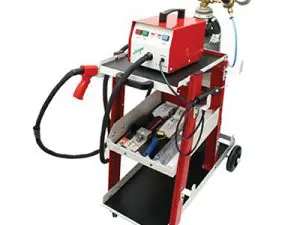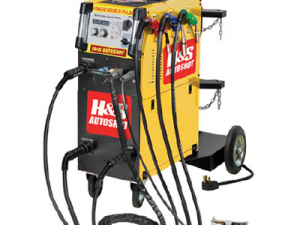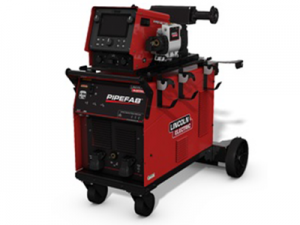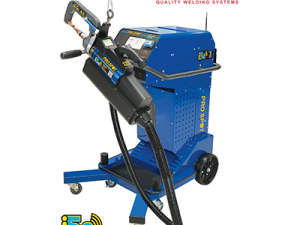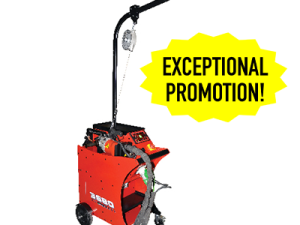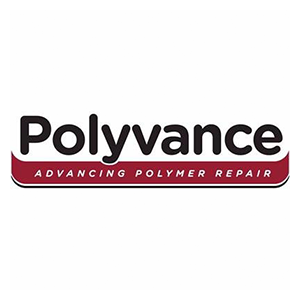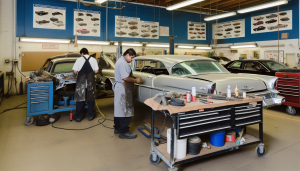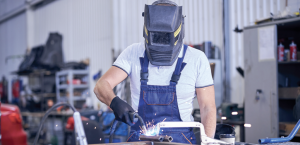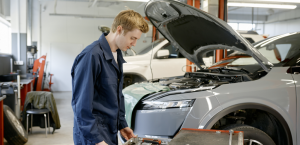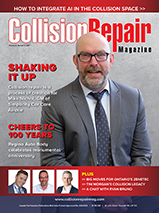FROM FERROUS TO FIBRES
AUTOMATED TOOLING, WORKING WITH NEW MATERIALS AND WHAT’S NEXT FOR WELDING
 Times change, and so does technology. Thankfully, the fundamentals of superheating solids into liquids to bond separate components has been relatively unchanged in the past few decades, give or take a few new guidelines and materials. In last year’s Buyer’s Guide, forecasts anticipated the development of new materials developed by OEMs, a concerted effort to revive a supply chain deadened by nearly two years of deflated production, shipping and demand. A series of developments predicted to create stronger materials that would seriously impact the welding industry. Perhaps these estimates were premature— but we can assure you that new ideas in welding and innovation have not been forgotten amid the activities of this year. Advancements in automotive assembly are ongoing and do continue to push the limits of material science.
Times change, and so does technology. Thankfully, the fundamentals of superheating solids into liquids to bond separate components has been relatively unchanged in the past few decades, give or take a few new guidelines and materials. In last year’s Buyer’s Guide, forecasts anticipated the development of new materials developed by OEMs, a concerted effort to revive a supply chain deadened by nearly two years of deflated production, shipping and demand. A series of developments predicted to create stronger materials that would seriously impact the welding industry. Perhaps these estimates were premature— but we can assure you that new ideas in welding and innovation have not been forgotten amid the activities of this year. Advancements in automotive assembly are ongoing and do continue to push the limits of material science.
For all intents and purposes, an all-Canadian autonomous electric car, a Dutch car built from biodegradable materials and carbon fibre-bodied cars are closer to working prototypes than technology which is reliable and affordable enough to enter widespread assembly and distribution. You can now build your VW and Audi bonds to earn your certs in Canada, with the brand-new Volkswagen Group’s Canadian Collision Repair Academy (CCRA).
At the same time, these global impacts have also prompted serious developments in the automotive industry, except in ways that do not impact welders.
The prioritization of developing zero- emission vehicles by OEMs has minimal impact on auto body welding—assembly and frames may be constructed differently to house different components. Much like in previous years, OEM welding has seen something of a gradual change.
However, a report by Fortune Business Insights anticipates that arc fuse welding systems will show significant growth due to the technique’s flexibility, cost-effectiveness and enabling the use of high strength low-alloy materials across multiple industries. Resistance soldering is also expected to grow at a moderate rate, given its compatibility with autonomous production systems, reliability, efficiency and low-cost method. Change is inevitable—sometimes it just happens to be minor chances to optimize your workflow, rather than reinventing the wheel. Here are some tools to make the sparks fly.
-

6225 Tab Magic Molding Putty
Read more -

60-TM742 Pulse MIG welder
Read more0 out of 5 -


PR-220 MV (Multi Voltage)
Read more0 out of 5 -

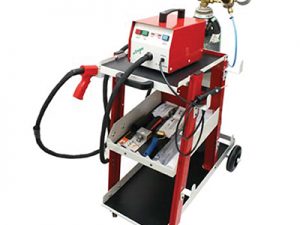
60-31878 Nitrogen Gas Plastic Welder
Read more0 out of 5 -

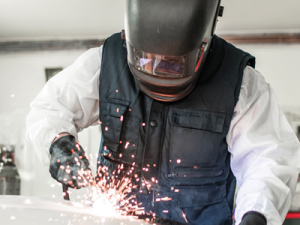
Automotive Repair Technician Welding Program
Read more -


Smart Spot Welder 60-3664P
Read more0 out of 5 -


AccuWeld Pulse MIG welders
Read more0 out of 5 -

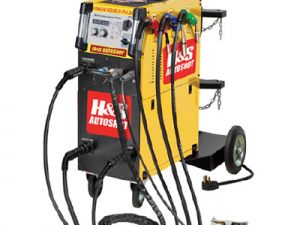
HSM250 Double-Pulse MIG Welding System
Read more -

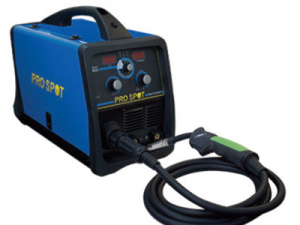
PR-205MV Synergic MIG Welder
Read more0 out of 5 -


PipeFab Ready-Pak K3734-1
Read more -


i5s – SMART SPOT WELDING SYSTEM
Read more0 out of 5 -

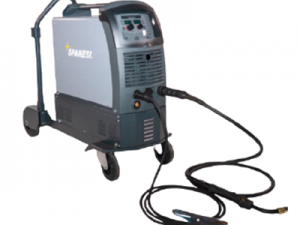
Q5.1 Autotransforming Welder
Read more0 out of 5 -


Multimatic 235 Multiprocess Welder – 240V
Read more -

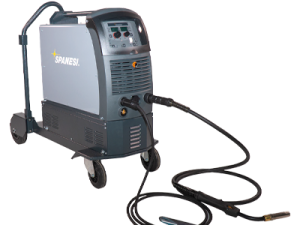
Q5.1 Inverter
Read more0 out of 5 -

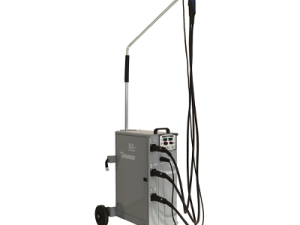
Q5.2 Inverter
Read more0 out of 5 -


NP-3 | Nitrogen Plastic Welder
Read more0 out of 5 -

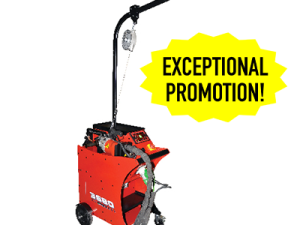
60-3680 TECNA Automatic Smart Inverter Resistance Spot Welder
Read more0 out of 5 -

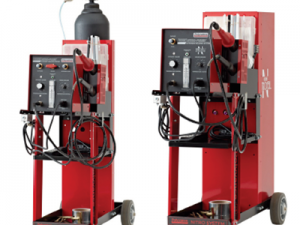
8002 & 8003 Nitro-Fuzer Nitrogen Plastic Welder
Read more0 out of 5



